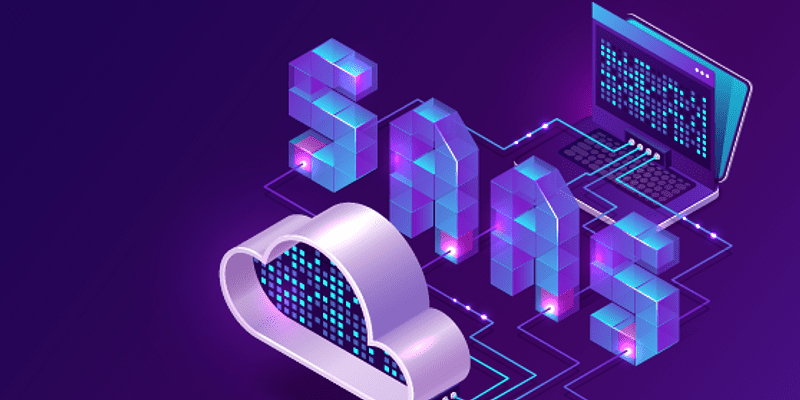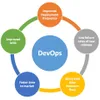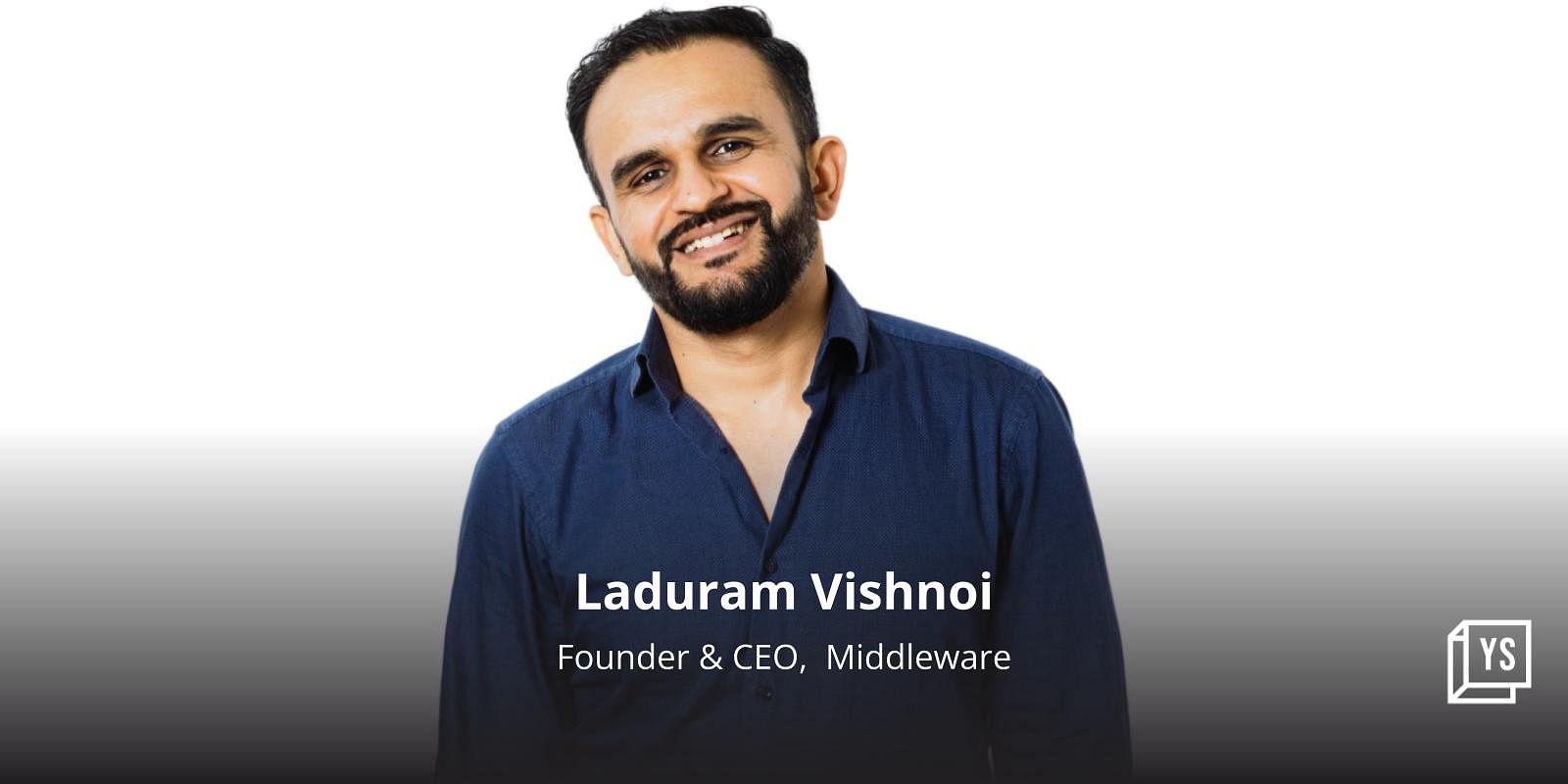
In today’s ever-evolving IT landscape, managing dynamic system infrastructures in multi-cloud setups has become a pressing challenge. DevOps (software development and operations) and SRE (Site Reliability Engineering) teams constantly seek improved observability solutions to navigate complex computing environments.
It is necessary for DevOps teams to track systems to discern the state of their applications. Observability and monitoring together give a complete view of the IT infrastructure.
Observability enables companies to understand the internal state of a system by examining its output, pinpointing the origin of a problem and how to fix it. Monitoring, on the other hand, detects problems or anomalies using data collected. This can include setting up alerts to notify when certain thresholds are crossed or using tools to analyse log data in real time to detect issues.
Middleware operates at this intersection. The San Francisco- and Ahmedabad-based startup enhances cloud-native infrastructure through observability, monitoring and automation. The platform allows DevOps teams to debug the issue faster by bringing all the metrics, logs, traces, and events to a single unified timeline.
Cloud-native monitoring
Laduram Vishnoi, while developing a product for his previous company Acquire—a unified customer engagement platform, recognised the need for an affordable observability solution, especially for cloud-native monitoring, tailored for Kubernetes—which automates software deployment, scaling and management—and microservices.
“Our team of early engineers from and New Relic also faced these issues,” he explains.
As existing options were costly, he and his team at Acquire decided to build their own observability solution to address these challenges, which are also faced by many engineering and IT leaders at other companies.
After a break, he founded Middleware in 2022 to create a scalable AI-based cloud observability platform.
“With a team of 15 engineers, we quietly worked on developing the product for a year, utilising my initial investment of $500,000 to start the company,” explains Founder and CEO Vishnoi,
The team comprises data experts from major players—such as Splunk, Segment, and New Relic—who spent the past five years experimenting with cloud-native monitoring at scale.

.thumbnailWrapper
width:6.62rem !important;
.alsoReadTitleImage
min-width: 81px !important;
min-height: 81px !important;
.alsoReadMainTitleText
font-size: 14px !important;
line-height: 20px !important;
.alsoReadHeadText
font-size: 24px !important;
line-height: 20px !important;

Cost-efficient solutions
According to a report by tracking and analytics company New Relic, organisations lacking observability face problems including slow issue handling due to delays in detection and resolution metrics and high downtime costs exceeding $500,000 per hour. This leads to a median annual outage cost of $7.75 million, which is 59% higher compared to those with full-stack observability.
“The market is shifting towards present-day solution providers due to the increase in data production compared to a decade ago,” explains Vishnoi. “Our strategy involves creating an efficient data storage pipeline, compressing and indexing data in-house to lower costs.”
Middleware grants users complete control over their data, ensuring data security and compliance. The company says it also leads to substantial cost savings (ranging from 5-10X) by enabling storage in its secure cloud environment.
“We developed the data pipeline and our own warehouse atop ClickHouse—an open-source column-oriented database management system. While it is effective for smaller-scale usage, creating our custom data pipeline and warehouse became crucial, allowing us to offer efficient data compression and seamless data ingestion,” says Sawaram Suthar, Director at Middleware.
Middleware is GDPR (General Data Protection Regulation) and CCPA (Central Consumer Protection Authority) compliant, and holds SOC 2 type II certification for enterprise-level security.
The platform offers eight observability capabilities such as infrastructure monitoring, log monitoring, APM to monitor applications errors and performance, database monitoring, synthetic monitoring for performance with simulated requests, serverless monitoring to gain visibility into serverless cloud functions, container monitoring, and real user monitoring for performance of web and mobile applications.
AI-driven issue detection
As IT systems continue to evolve in complexity, observability must also keep pace with changing demands, especially in the cloud-native era.
According to data from Gartner, 95% of systems are expected to be cloud native by 2025. This shift generates significantly more data than previous technology generations, with scaling becoming more challenging.
To combat this issue, Middleware uses GPT-4 to identify infrastructure and application problems quickly, with suggested solutions for issue resolution. Having graduated from ‘s Winter 2023 batch, the platform has gained access to privileges from .
The platform gathers data from diverse sources and uses machine learning algorithms to identify patterns and anomalies. It also suggests solutions and automates the issue resolution process.
“Data processing is a significant challenge within the broad spectrum of the AI market. When issues arise within infrastructures or applications, real-time detection is crucial. Upon identifying these issues, we promptly notify users, pinpoint the source of the problem, and analyse whether it might recur in the future,” Vishnoi explains. This approach eliminates the need for users to scour multiple platforms, such as Google or Stack Overflow, to find solutions.
Helping DevOps community
The founder believes that though building applications takes significant time, debugging often ends up accounting for 50% of the effort. However, the tides will turn over the next decade.
“Developers will primarily focus on building applications, dedicating only about 10% of their time to debugging and problem resolution,” he says.
Sawaram adds, “Unlike traditional monitoring tools, we provide real-time data and in-depth trend analysis, without data silos and offering enhanced visibility. Our top priority is designing solutions that prioritise end-users rather than being enterprise-focused.”
Without disclosing companies, Middleware caters to several clients based in India and across the globe. The company recently came out of stealth mode.
It offers tailored paid plans customised to user requirements. It also offers a usage-based, pay-as-you-go model as well as ‘Free Forever Developer Account’.
.thumbnailWrapper
width:6.62rem !important;
.alsoReadTitleImage
min-width: 81px !important;
min-height: 81px !important;
.alsoReadMainTitleText
font-size: 14px !important;
line-height: 20px !important;
.alsoReadHeadText
font-size: 24px !important;
line-height: 20px !important;

The big reset
Organisations are shifting from laborious and resource-heavy decision-making towards smart decision-making.
“Looking at the market in segments; this growth trajectory appears quite plausible. For instance, Splunk was recently acquired (for $28 billion) which will add about $4 billion in ARR (to Cisco Systems), demonstrating a significant share in the market. Notably, platforms like SolarWinds and Riverbed are also revenue generators, each surpassing the $500 million to $1 billion in ARR,” says Vishnoi.
“Consequently, the demand for cloud-based observability solutions is surging in parallel. I think this trend will continue for the next ten years, creating big opportunities in the market,” he further adds.
In August, Middleware secured $6.5 million in seed funding, which was spearheaded by 8VC along with participation from Fin Capital, Guillermo Rauch (CEO and Founder of Vercel), and Tokyo Black.
The team plans to invest this funding in team expansion, product development, AI enhancement, and customer acquisition.
Edited by Kanishk Singh









![Read more about the article [Weekly funding roundup] Venture investments into Indian startups sees marginal uptick](https://blog.digitalsevaa.com/wp-content/uploads/2021/08/Imageeye4-1629187365599-300x150.jpg)
